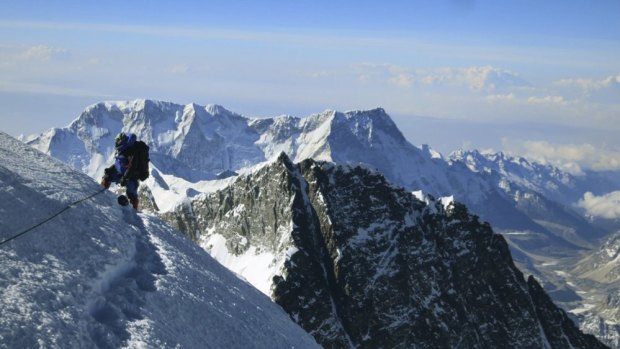
Altitude sickness can occur if you ascend to fast.Credit: AP
Altitude sickness, or acute mountain sickness (AMS), can occur above 2000 metres, characterised by insomnia, headache, shortness of breath and lethargy.
About 40 per cent of individuals who ascend quickly to 3000 metres will experience some symptoms of AMS.
Provided they remain at that altitude, acclimatisation usually occurs within a few days, the symptoms disappear and it becomes possible to ascend.
While an ascent in a vehicle to even a relatively high altitude is not likely to cause problems, anyone trekking or mountaineering above 3500 metres needs to take care.
AMS is not difficult to treat in its early stages but if you ignore the condition and ascend too quickly it can develop into pulmonary or cerebral oedema, fluid in the lungs or brain, which can be fatal.
The drug acetazolamide (diamox) can provide relief but you need to get to lower altitude as quickly as safety will allow.
If you are planning a high altitude trek you need a full medical check.
You also need to know that you are with a reputable operator and that your guide is trained to recognise AMS and equipped to deal with it.
The golden rule is ascend slowly.
When that's not possible – for example when you land at the airport at Leh in India's Ladakh you're catapulted to 3500 metres, Quito in Ecuador is 2800 metres – take it easy for the first couple of days.
Even climbing a flight of stairs is going to leave you panting.
Above 3000 metres, limit your ascents to 500 metres on each subsequent day.
Sign up for the Traveller newsletter
The latest travel news, tips and inspiration delivered to your inbox. Sign up now.